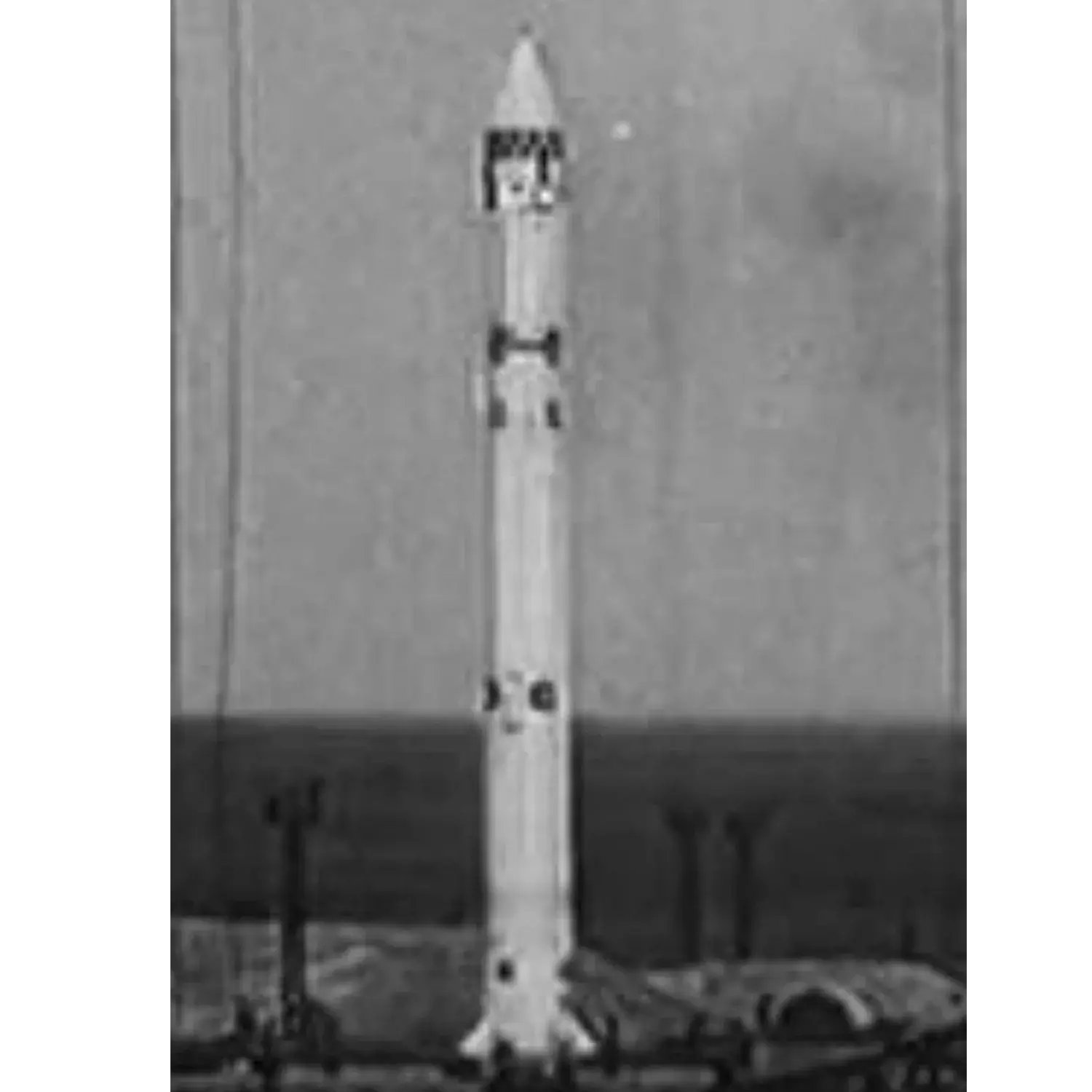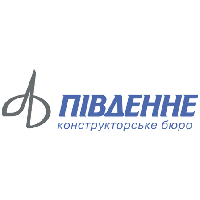DS-A1 n°3
Launch Failure
Liftoff Time (GMT)
06:00:00
Thursday August 22, 1963
Mission Details
Launch Notes
Due to a malfunction of the launcher, the satellite is destroyed one minute after lift-off.
DS-A1 n°3
DS satellites are a series of satellites made to be universal, and easily modifiable according to customer needs. After a first launch in 1962, almost two hundred satellites will be launched. Several generations of DS satellites will be developed, some used for scientific studies, while others will be used by the Red Army for radar calibration. After flying two demonstration series (DS-1 and DS-2), the DS satellites will have three universal versions (DS-U1, unstabilized and battery-powered, DS-U2, unstabilized and solar-powered, DS-U3, stabilized). Versions will also be produced to fly international experiments, leading to the Intercosmos program. This flight flew a DS-A1 satellite. The DS-A1 are scientific satellites that have made it possible to study the cosmological background, to measure the radiation linked to nuclear explosions at high altitude, and to evaluate the quantity of ions present in the upper atmosphere. They were on orbits 240km x 990km x 49° and they had a mass of 220kg. Their batteries enabled them to function during eight days. They are derived from the DS-1 satellites, which could never be tested in orbit. The first DS-A1 (Cosmos 11) was equipped with a BKRL-EM remote control system, then a BKRL-2D. Seven specimens were launched between 1962 and 1965, but three of these missions were failures due to failures of the Cosmos launcher. The DS-A1 are equipped with a complex called LZ for the study of radiation. The LZ consists of the gamma ray sensor LZ-1, the Geiger counter LZ-3, the X-ray sensor LZ-3R and the photon counter LZ-4. They also embark the instrument KS-21 for the study of ionizing radiation in the Van Allen belts, and the neutron counter IKD-62. Another complex, called Albatros, is used to study ionizing radiation. The Albatros consists of the radiometer RIG-01, the gamma spectrometers RIG-104 and RIG-105, the neutron radiometer RIG-404 and the beta spectrometer RIG-202.
Low Earth Orbit
1 Payload
220 kilograms
Rocket


Manufacturer
OKB-586Rocket
Height: 29.59m
Payload to Orbit
LEO: 350 kg
GTO: 0 kg
Liftoff Thrust
636 Kilonewtons
Fairing
Diameter: 1.65m
Height: 2.99m
Stages
2
Launch Site
Stats
Cosmos-1
16th
Mission
6th
Mission of 1963
OKB-586
67th
Mission
16th
Mission of 1963
1963
43rd
Orbital launch attempt